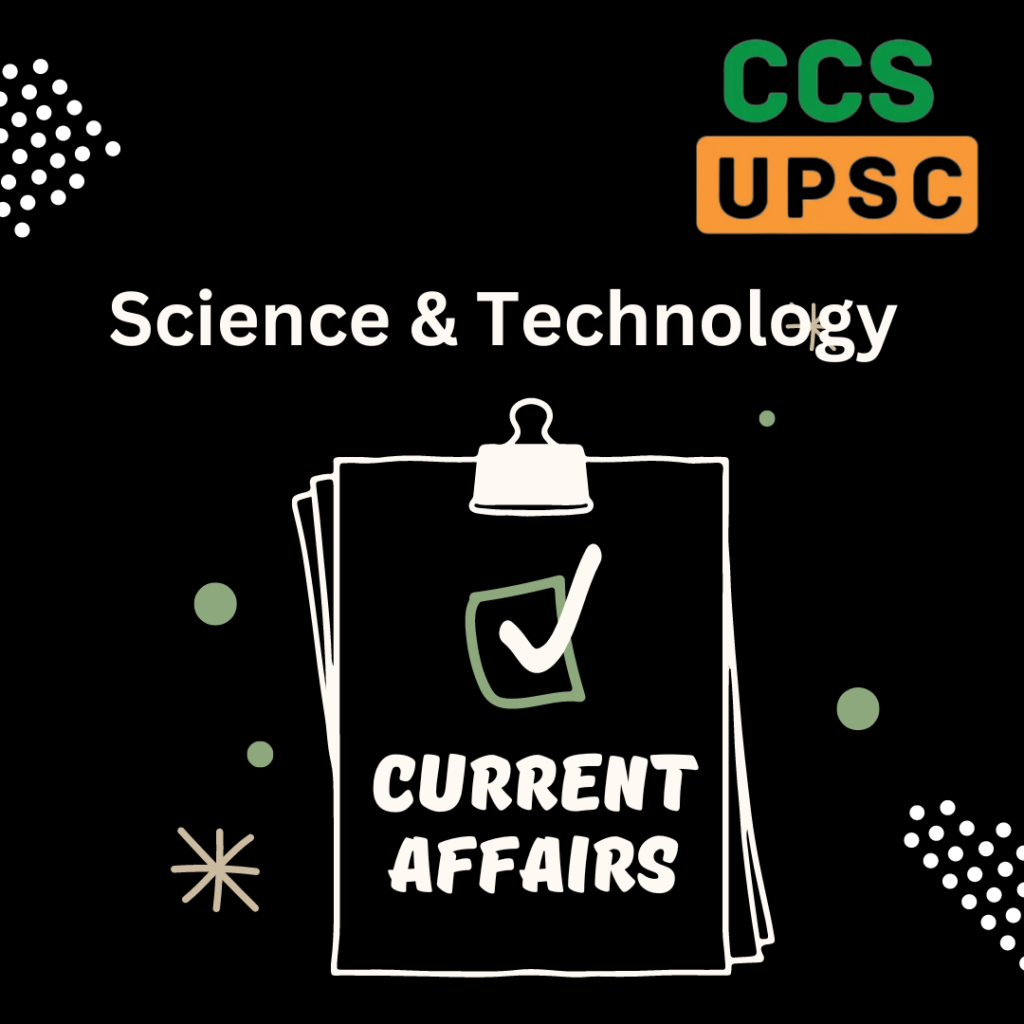Context
∙ A group of scientists have reported finding a sign of superconductivity in a material called LK-99 at room-temperature.
What is a superconductor?
∙ A superconductor is a material that can conduct electricity or transport electrons from one atom to another with no resistance.
∙ This happens at temperatures between 240 K and 275 K, that is, approximately between –33 degrees Celsius and 2 degrees Celsius.
∙ This means no heat, sound or any other form of energy would be released from the material when it has reached the temperature at which the material becomes superconductive.
Properties of superconductor
∙ Electronic effect: The material will transport an electric current with zero resistance.
∙ Thermodynamic effect: The electronic specific heat drops drastically at the superconducting transition temperature.
∙ The specific heat is the heat required to increase the temperature of the electrons in the material by 1 degree Celsius drops.
∙ Spectroscopic effect: The electrons in the material are forbidden from attaining certain energy levels, even if they could when the material wasn’t a superconductor.
∙ Meissner effect: A material transitioning to its superconducting state, will expel any magnetic field in its bulk to the surface. This expulsion is called the Meissner effect.
Types of superconductors
∙ There are two types of superconductors, depending on how they respond to a magnetic field.
∙ Type I superconductors: If the magnetic field applied to a superconductor becomes too strong, the material will completely lose its superconducting state and allow the field to penetrate its body.
∙ Type II superconductors: When the magnetic field strength crosses a threshold, the extent superconductivity inside the material will gradually drop until, at a higher second threshold, it vanishes completely.
Applications
∙ Magnetic Levitation (Maglev) Trains: Superconducting magnets enable the development of Maglev trains, which use magnetic repulsion to lift and propel the train above the tracks, minimizing friction and allowing for high-speed travel.
∙ Electric Power Transmission: Superconductors can transmit electrical power with minimal loss, making them ideal for applications where efficiency is crucial.
∙ SQUIDS (Superconducting Quantum Interference Devices) can be used to take magnetic cardiograms based on magnetic fields generated by electric currents in the heart.
∙ Power Grids and Fault Current Limiters: Superconductors can be employed to enhance the efficiency of power grids and act as fault current limiters, preventing damage to electrical equipment during power surges or faults.


